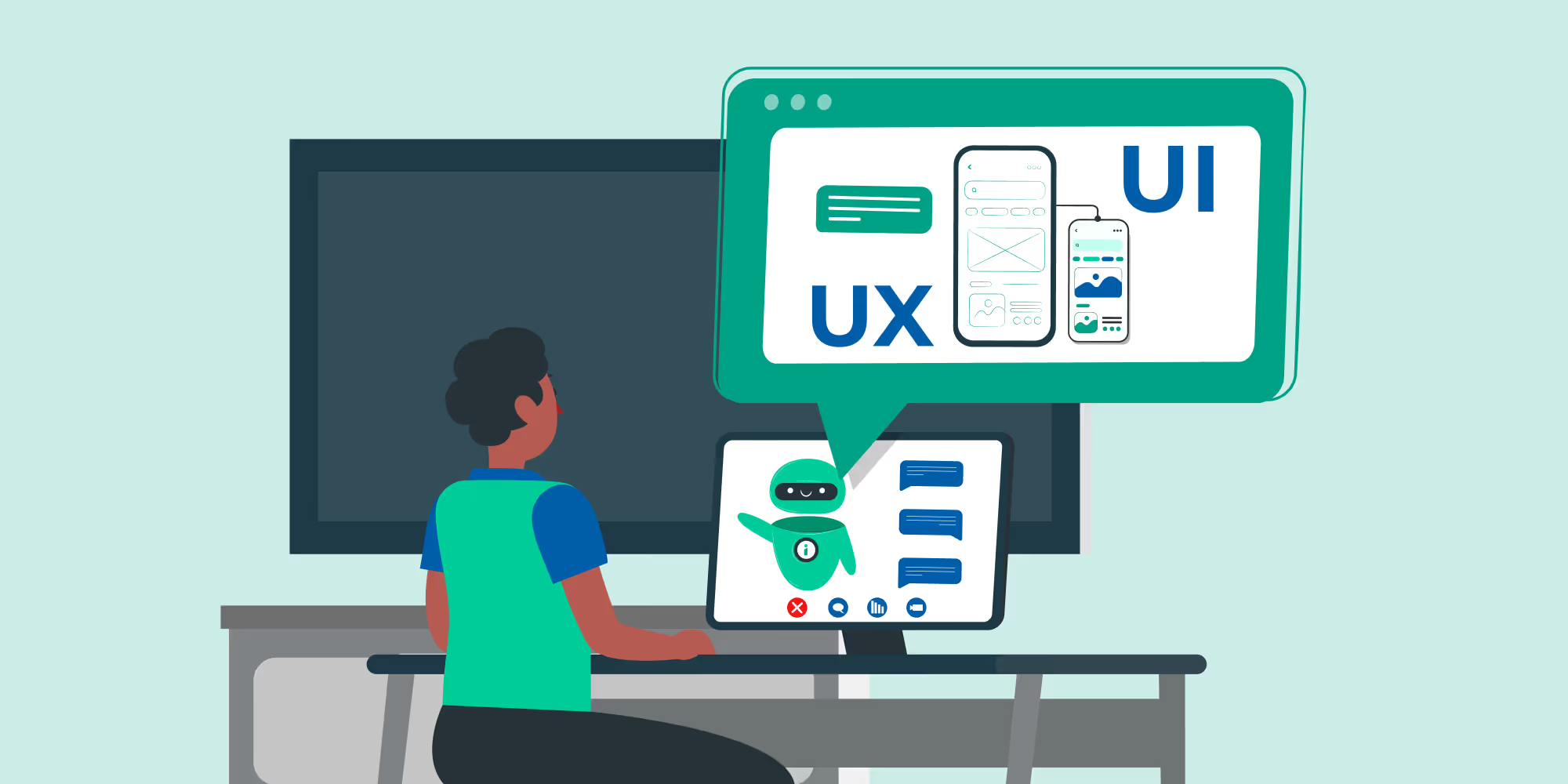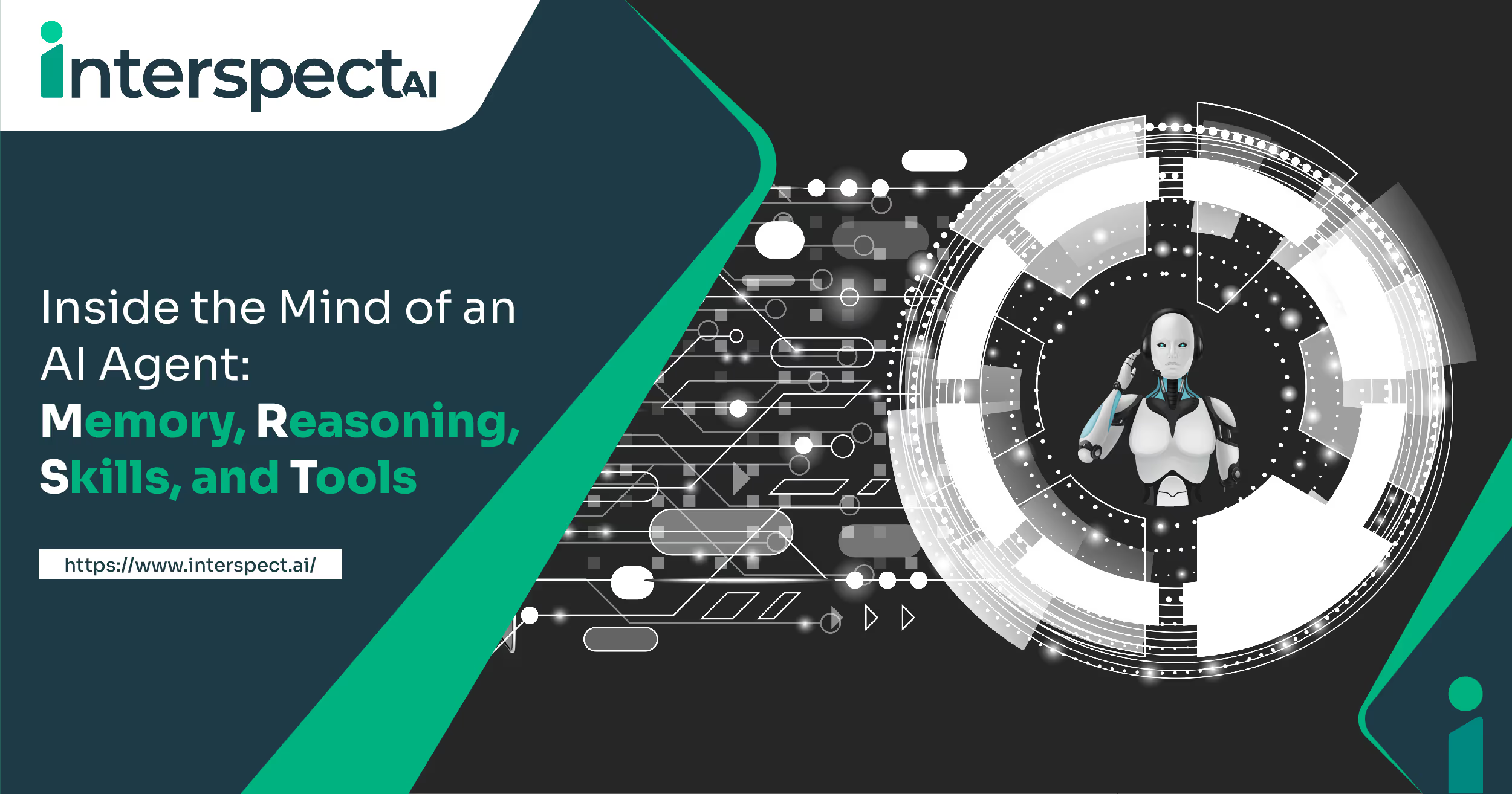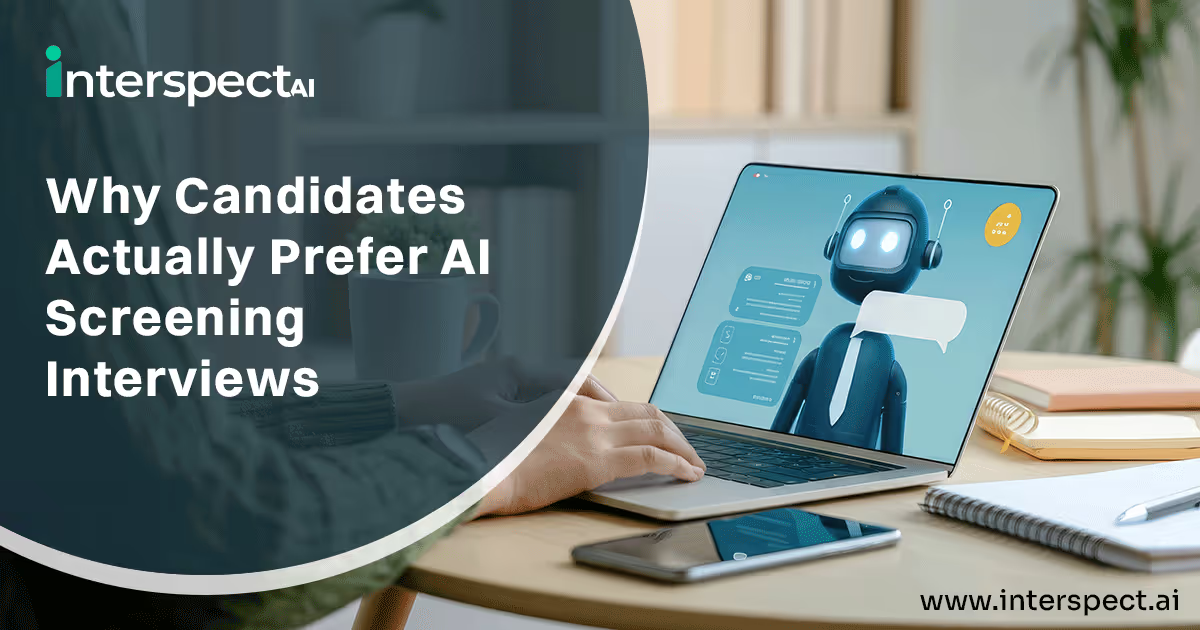Beyond Clicks: What UX Teams Learn from AI-Led Interview Conversations



As a UX researcher, you live for the "aha!" moment. That flash of insight when you finally understand why a user hesitated, sighed, or abandoned a task. You know the most valuable feedback isn't just about what users click—it's about how they feel.
But capturing that feeling is tough.
Traditional UX interviews are powerful, but they’re manual and slow. You can only talk to a handful of users. You spend hours transcribing, coding, and trying to connect the dots.
By the time you have a report, the sprint is already over.
And the subtlest clues—a moment's pause, a slight change in tone—are often lost in your notes or simply impossible to quantify across interviews.
What if you could bottle that "aha!" moment and get it at scale?
Scale, Nuance, and Context: Why Agentic AI-Powered Interviews Are Simply Better
Imagine deploying an AI agent trained for UX interviews to conduct one-on-one sessions with hundreds of users simultaneously.
With AI agents for UX, you get:
- Instant, Perfect Transcripts: Every conversation is transcribed and searchable the moment it ends.
- Structured Data: The AI agent can extract key themes, mentions, and sentiment, turning unstructured conversations into structured, analyzable data.
- The Nuance Layer: This is the real superpower. Our AI agents are built for emotional tone analysis. They capture the unspoken feedback hidden in human conversation—the hesitation before an answer, the frustration in a user's voice, or the excitement when they discover a feature they love.
The Emotional Edge: What Traditional Tools Can’t Hear
Most UX researchers have a good ear. You know when a user’s saying something nice but actually means, “This sucks.” But multiply that by hundreds of conversations, and your brain will start tuning out the subtleties.
That’s where a UX AI agent shines. It doesn’t just log user actions or scan transcripts—it listens like a therapist with perfect memory.
Pauses? Noted. Rising pitch when discussing pricing? Logged. A sudden drop in energy when a certain feature is mentioned? Flagged.
This isn’t just emotional tone analysis—it’s empathy at machine scale. It’s what lets teams go beyond the surface of what users say and uncover how they actually feel about their experience.
Building the Feedback Flywheel with AI
Imagine this: Every product feedback interview your AI agent conducts feeds a loop of continuous improvement. Not quarterly. Not monthly. Weekly, even daily.
When you use AI agents for UX, you're not just testing usability—you’re capturing sentiment in near real time. The result? A living, breathing insights engine that grows smarter over time.
For fast-moving product teams, this means:
- Releasing features that actually land
- Catching emotional friction before it becomes churn
- And testing hypotheses before they even hit your roadmap
Think of it as the difference between having a suggestion box... and having 100 candid, insightful coffee chats with your users every week.
How to Integrate AI Agents into Your UX Workflow
Bringing UX research AI into your process is straightforward. Here are a few best practices:
- Start with Open-Ended Questions: Don't lead the user. Design questions that encourage storytelling, and let the AI agent handle the follow-ups.
- Focus on "Why," Not "What": Use AI agents for exploratory research. Let them uncover the emotional drivers and pain points that you can later validate with quantitative testing.
- Combine Insights: Layer the emotional and tonal insights from your AI interviews on top of your existing analytics and usability data for a complete picture of the user experience.
- Test, Learn, Iterate: Start with a small batch of interviews. Use the insights to refine your questions and hypotheses, then scale up to gather more data.
What to Look for in a UX AI Agent
Not all AI tools are created equal. Some are glorified transcription engines. Others are souped-up survey bots. Here's what truly matters when evaluating a UX research AI tool:
- Conversational UX fluency: Can it hold natural, unscripted conversations without sounding robotic?
- Real-time emotion detection: Does it capture tone, pace, hesitation, and tell you why it matters?
- UX-native analytics: Are the outputs usable for product, design, and leadership? Or are you just handed a data dump?
Spectra checks these boxes because it was purpose-built for carrying out human-like conversations. That means more natural interviews, richer insights, and fewer “how did we miss this?” moments.
The Next Chapter in UX Research
At the heart of UX is a simple truth: people don’t always say what they mean.
They pause. They hedge. They say “it’s fine” when something isn’t. And when you’re running lean, chasing deadlines, and juggling a million priorities, it’s easy to miss the stuff that really matters.
That’s where AI can help—not by replacing the researcher’s eye, but by amplifying it.
With AI-led interviews, you don’t just get more data. You get a deeper understanding. You hear the hesitation, the excitement, the subtle emotional friction that tells you what no heatmap ever could.
And that means better products—not because a machine told you what to build, but because it helped you hear your users a little more clearly.
In the end, it’s still about empathy. You’re just bringing a little extra firepower to the job.
Subscribe to The InterspectAI Blog


%201.svg)






